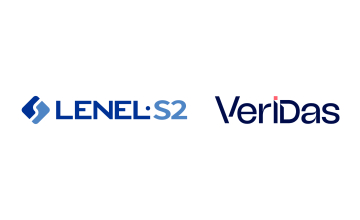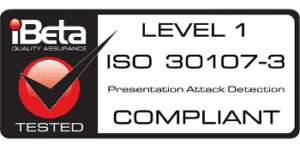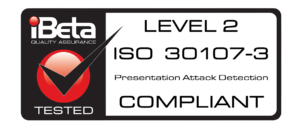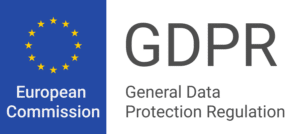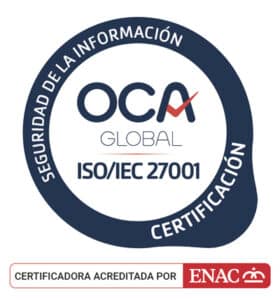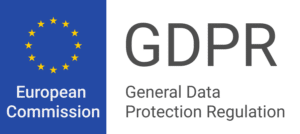- Veridas’ passive facial liveness test has reached iBeta Levels 1 and 2 in compliance with the ISO/IEC 30107-3 standard for Presentation Attack Detection (PAD), attaining the same level of security previously granted to its active liveness test.
- Veridas has achieved the highest level of security from iBeta with a passive solution deployed in browser environments, marking a significant technical advancement in the industry.
- The passive facial liveness test allows for frictionless verification. The system evaluates the captured image in the background without requiring the user to perform any specific action or movement.
Veridas, a leading Spanish company in identity verification and biometric authentication, has achieved iBeta Levels 1 and 2 for its passive facial liveness detection solution according to the ISO/IEC 30107-3 standard. This technological milestone shows Veridas’ commitment to fraud prevention at all levels and offering effective, secure, and reliable identity solutions.
This achievement, reached in browser environments, presents higher technical complexity—as camera control is limited—reduces dependency on the device type used and ensures an optimal user experience.
A Growing Necessity
Identity fraud has increased, and businesses and public institutions must respond promptly and effectively. In 2023 alone, identity fraud cost North American citizens $43 billion, an increase of 13% compared to the previous year. The emergence of Generative Artificial Intelligence is a very positive development regarding business opportunities and innovation capacity, but it has also introduced significant risks, especially in identity. According to Gartner, in 2023, the number of deepfake attacks detected increased tenfold.
In this context, it is crucial to have secure and reliable identity verification processes. An essential component of these processes is the liveness test, which aims to ensure that the person undergoing the verification is genuine and not using fraudulent techniques such as photos, 3D masks, or deepfake technologies.
Passive vs. Active Liveness Tests
Liveness tests can be of two types: active and passive, depending on the experience induced in the user undergoing the process.
- Active: The user must perform a specific and random action, also known as a challenge, such as moving their head or smiling, which varies in each process.
- Passive: The system analyzes the captured image in the background without requiring the user to perform any specific action during the verification process.
“Obtaining iBeta Level 1 and 2 for our passive liveness detection solution reflects a technological milestone and our unwavering commitment to the most demanding global standards. This achievement consolidates Veridas’ position at the forefront of security and biometric authentication, reaffirming our dedication to combating identity fraud with the utmost precision and reliability across all digital platforms,” stated Carlos Arana, CTO of Veridas.
Veridas, which already holds Levels 1 and 2 of iBeta for its active liveness solution — where users must perform specific and random actions like moving their head or smiling — demonstrates its commitment to the ISO/IEC 30107-3 PAD standard for its passive liveness test. This technological milestone adds to the recent participation in the NIST PAD evaluation, which solidifies Veridas’ commitment to independently assessing its solutions based on the highest security standards.







